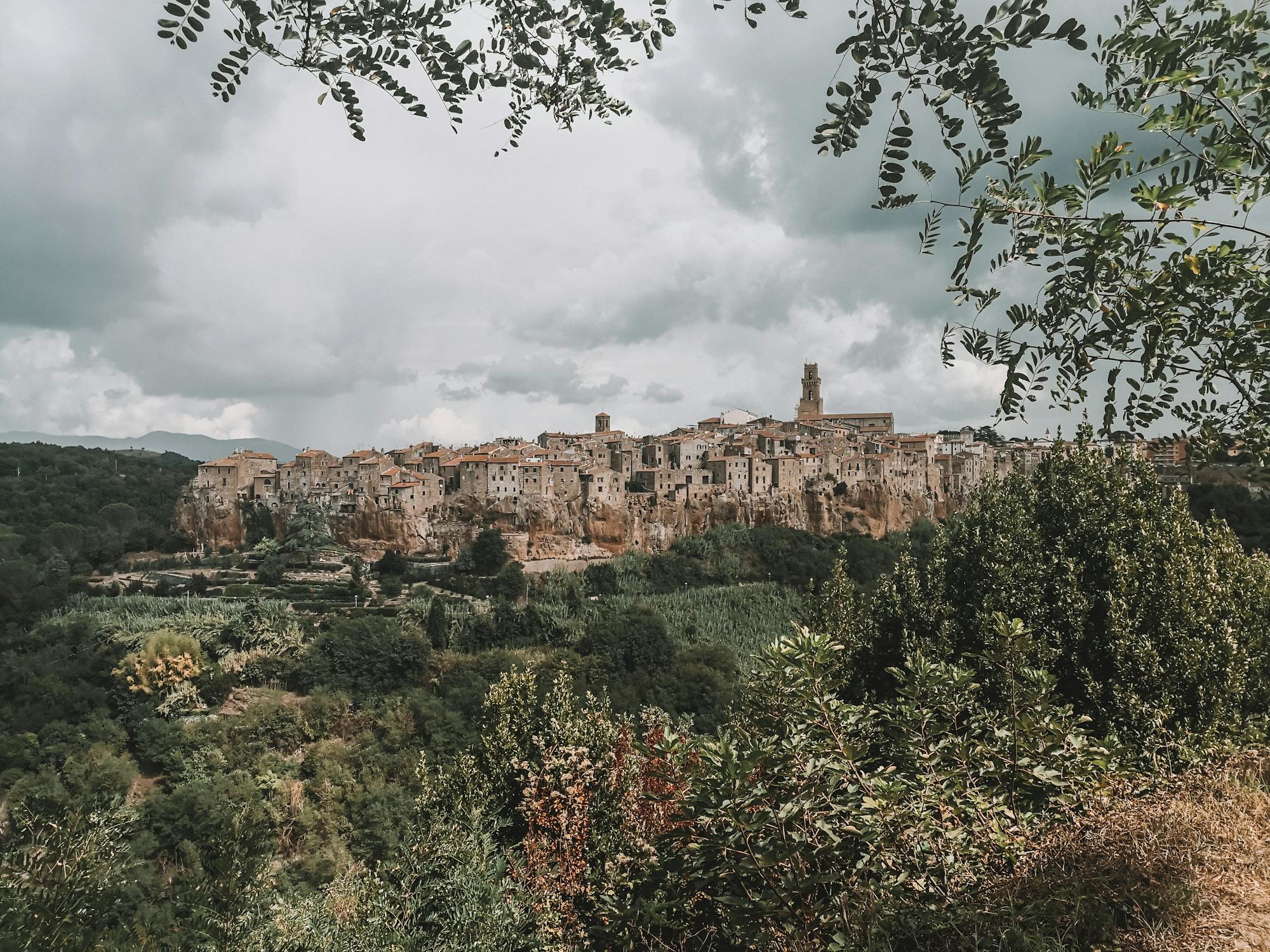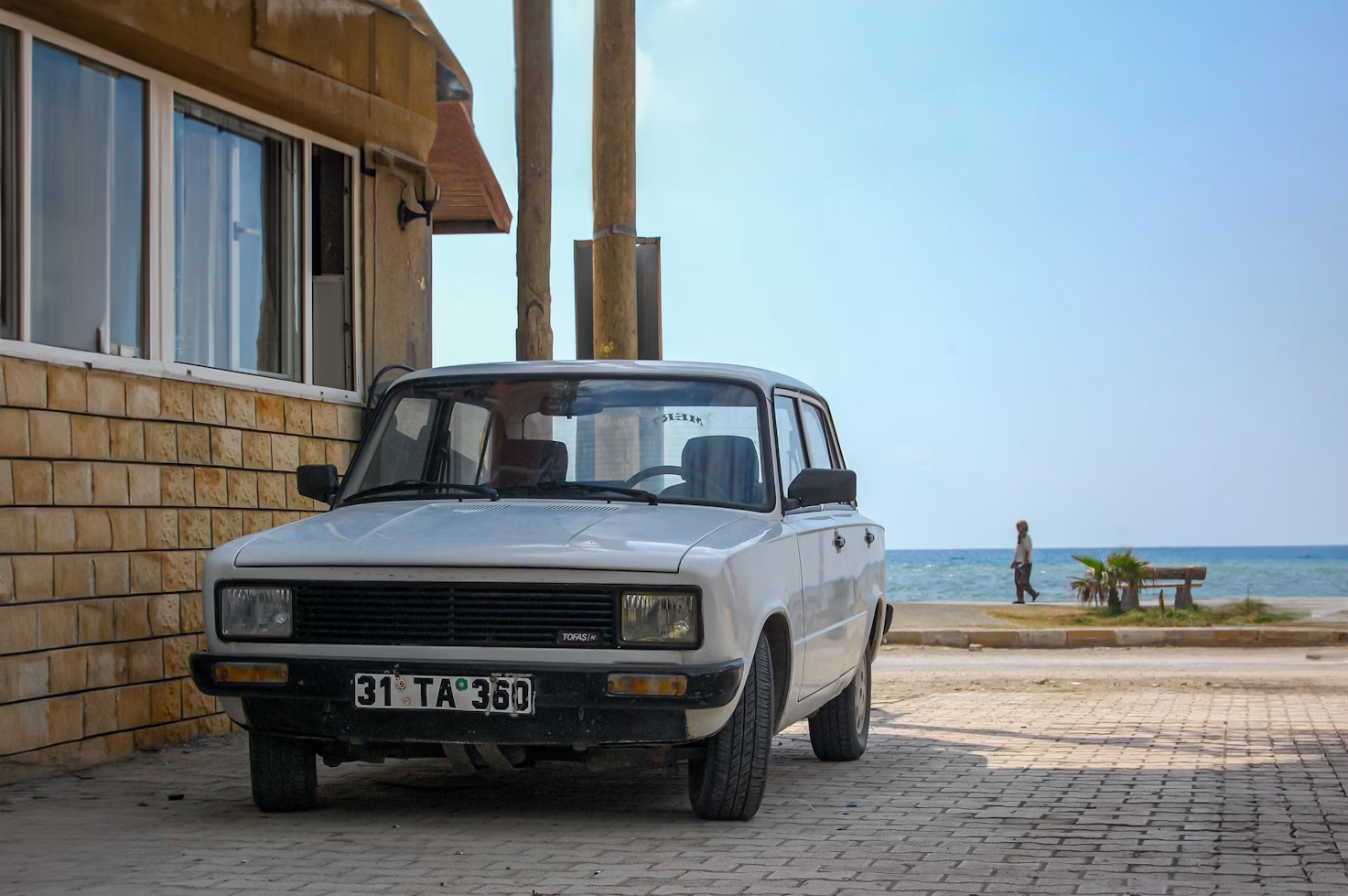Rolling Tuscan hills have always inspired wanderers with their postcard-perfect rows of cypress trees, ancient stone walls, and endless vineyards. But away from the crowds and usual routes, Tuscany hides secret towns perched high above the valleys—places filled with timeless charm, authentic food, and stories most travelers never hear.
This article will discuss:
- Tuscany isn’t just Florence, Pisa, or Siena—countless unknown hilltop towns await.
- These quiet spots offer stunning views, centuries-old architecture, and genuine village life.
- Many travelers miss these gems by sticking to well-known cities.
- Visiting lesser-known towns gives you local flavor and peaceful surroundings.
- You’ll find Tuscany’s best-kept secrets off the main tourist path.
Let your curiosity guide you past the famous sights. Exploring these hidden towns lets you experience Tuscany like a local and uncover memories you won’t find in any guidebook.
What Makes Tuscany’s Hilltop Towns Unique?
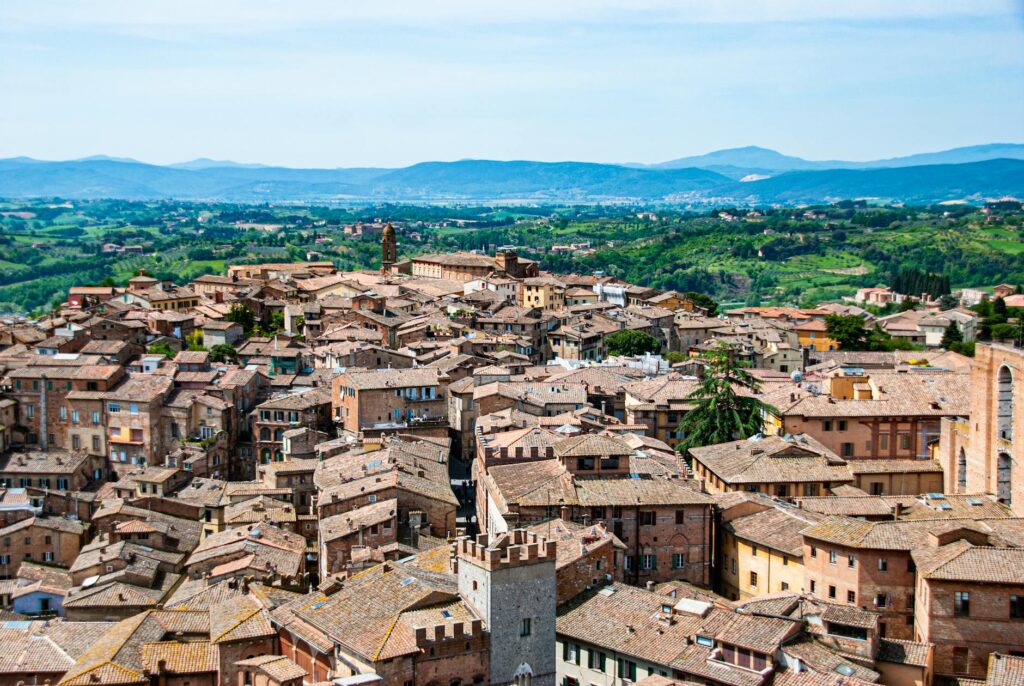
There’s an unmistakable magic to Tuscany’s hilltop villages. Perched atop sun-drenched ridges, these towns keep watch over sweeping valleys and vine-striped hills. Their stone streets, weathered piazzas, and slow rhythms give visitors a true sense of stepping back in time. While Florence dazzles with its Renaissance treasures and Siena with its grand cathedral, the hilltop towns quietly preserve Tuscany’s soul, holding onto traditions and secrets that bigger cities have outgrown.
Timeless Architecture and Stonework
Tiny towns like Sorano or Castiglione d’Orcia instantly impress with their ancient walls and fortress silhouettes. You’ll walk under Etruscan arches, past crumbling towers, and through hilly alleys unchanged for centuries. It’s easy to see how protective town designs kept invaders away for generations. The stone houses clinging to the hillsides tell stories of resilience and community, all built to weather the ages.
Breathtaking Views at Every Turn
From every terrace or church tower, there’s a view worth stopping for. You might gaze across fog-draped valleys in the morning, or watch the sky blaze orange over endless vineyards as the sun sets. The panorama from towns like Radicofani or Rocca d’Orcia turns “a room with a view” into a daily reality, not just a travel cliché.
- Golden hour tip: Early morning and sunset bring Tuscany’s magic to life, when the soft light paints even the simplest farmhouse in rich color.
A Slice of Authentic Tuscan Life
Life in a Tuscan hilltop town moves at its own pace. Here, buongiorno is still said to every neighbor; thin-crusted pizza is baked in wood-fired ovens; and children play soccer in centuries-old piazzas. Tourists aren’t just passing faces—they’re guests. Try the daily specials at the only restaurant in town or buy pecorino straight from the farm and you’ll taste authenticity that’s hard to fake.
Centuries of Hidden Stories and Legends
Each village carries a trove of stories—Etruscan tombs dug into tufa rock, hidden wells, secret gardens, and legends of saints or robbers that locals love to share. Timeworn churches and forgotten frescoes often hide in plain sight. For travelers who linger, every stone seems ready to whisper a secret from Tuscany’s layered past.
A Gateway to Tranquil Adventure
If you’re seeking a slower, deeper kind of travel, these hilltop towns open the door. You can hike vineyard trails, taste seasonal olive oil, or catch a village festival with local wine and hand-rolled pasta. Unlike crowded cities, these places invite you to pause, breathe in the countryside, and let the magic of Tuscany fill your senses.
Exploring these towns is more than sightseeing—it’s a chance to witness living history, enjoy true Tuscan hospitality, and get lost (in the best way) among hills that feel unchanged by time.
Five Secret Hilltop Towns to Explore
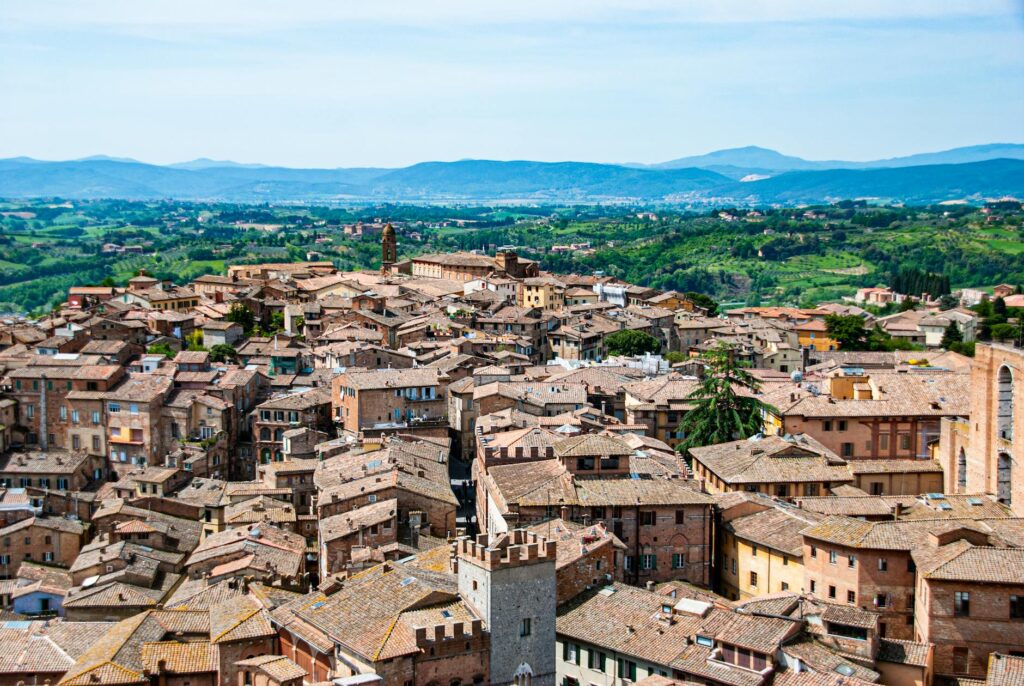
Hidden among Tuscany’s rolling hills, a handful of hilltop towns remain beautifully under the radar. These villages offer another side of Tuscany you won’t find in travel brochures—peaceful streets, friendly locals, and landscapes that grab your attention at every corner. Spend an afternoon or a couple of days here, and you’ll understand why these spots are worth discovering.
Monteriggioni: Medieval Fortress Village
Monteriggioni stands almost like a watchful guardian over the countryside, its perfectly preserved walls encircling the entire town. Walking through its stone gate is like stepping straight into a storybook.
Inside, the hush of time is everywhere. The pace slows to a gentle crawl, with locals unhurried as they sip espresso in sunlit piazzas. The main square buzzes with energy only during festivals—otherwise, it’s your personal stage set for Italian daydreams. Monteriggioni’s 13 towers and thick ramparts feel almost untouched, offering up-close views of medieval defense at its best.
Montemerano: Undiscovered Renaissance Jewel
Tucked in southern Tuscany, Montemerano’s Renaissance squares and arched alleys invite slow wandering. Ancient city gates welcome you in, and every turn leads to a hidden courtyard or a centuries-old church. Potted geraniums dot every doorstep.
What sets Montemerano apart is its intimate wine bars. Locals relax here at dusk, sipping on robust reds or crisp whites while village gossip flows as easily as the vino. The main piazza, ringed by mellow stone buildings, comes alive with laughter during summer evenings, but never feels crowded. In Montemerano, everything is just a little quieter, a little softer, and a lot more local.
Anghiari: Stone Streets and Panoramic Views
Anghiari promises picturesque streets paved with beauty and history. The massive stone ramparts hint at its past—the site of the Battle of Anghiari, once painted by Leonardo da Vinci. Today, Anghiari is a haven for artisans. Small shops sell handwoven textiles, leather, and art. Walking along the town’s winding streets, you’ll find corners where time stands still.
Step to the edge, and the views sweep across verdant valleys dotted with farmhouses. The landscape here rolls out beneath your feet like a painted canvas. Anghiari brings together living history, expert craftsmanship, and soul-soothing countryside.
Radicofani: Towering Over the Val d’Orcia
Radicofani stands tall at the southern tip of Val d’Orcia, anchored by its imposing medieval fortress. The stone tower dominates the skyline—climb to the top for a 360-degree view that stretches to Mount Amiata and the Sienese hills. The fortress’s shadow falls over the town, lending it a cinematic, slightly mysterious air.
Radicofani is also a base for scenic hikes. Rocky paths lead you through wildflower fields, rocky ridges, and peaceful forests. It’s the perfect blend of adrenaline and tranquility for anyone craving open space with a sense of history.
Castiglione di Garfagnana: Gateway to the Apuan Alps
Castiglione di Garfagnana is a true mountain hideout in lush northern Tuscany. The town clusters beneath its old castle, the Rocca, which peeks out from curtains of morning mist. Behind it, the rugged Apuan Alps rise—a playground for outdoor lovers.
Here you can hike, bike, or wander along ancient walls. Every alley offers mountain vistas at sunrise, and trattorias serve hearty cuisine for trekkers. In Castiglione di Garfagnana, the fresh Alpine air and cozy village rhythm remind you why so many travelers fall for Tuscany’s untamed side.
Tips for Visiting Hidden Hilltop Towns
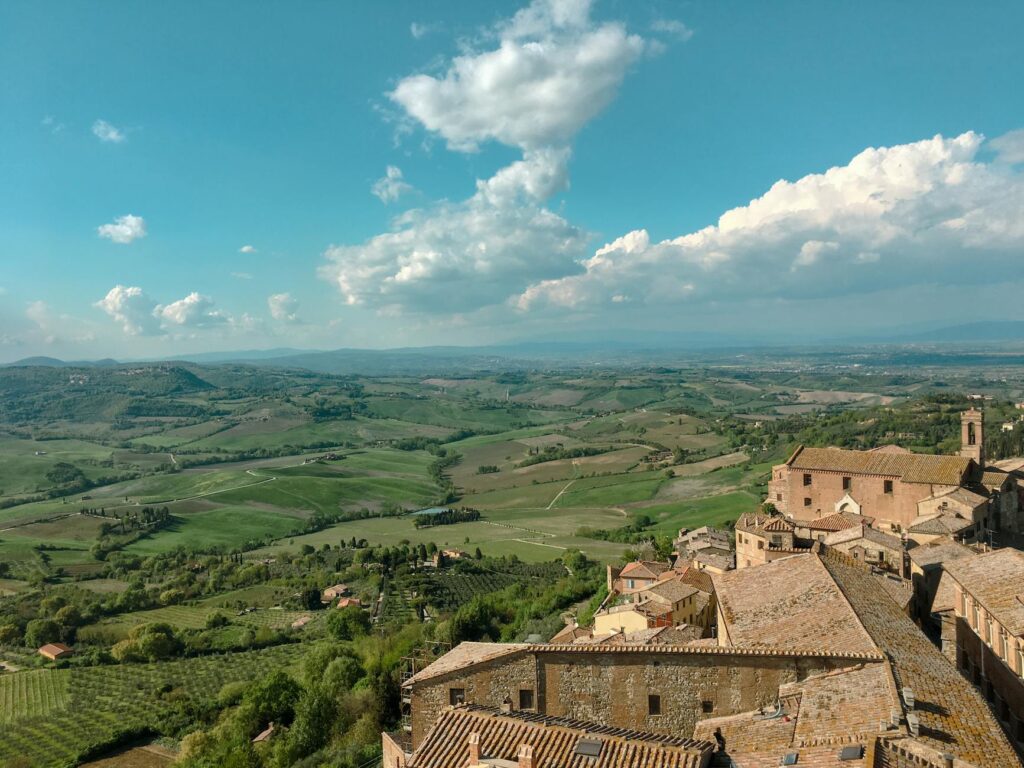
Exploring Tuscany’s hidden hilltop towns is never just a sightseeing trip—it’s an experience full of charm and real-life culture. To make the most of your journey, a little planning and a local mindset go a long way. Each village moves at its own rhythm, but every traveler can find their own pace in these storybook settings.
Timing Is Everything
The best moments in these towns happen in the early morning or near sunset. Arrive before 10 am, and you’ll see locals open shop, kids heading to school, and the village waking up naturally. Late afternoons reward you with softer light, quieter streets, and amazing sunset views from castle walls or piazzas. Avoid midday if you can—most visitors and tour buses pass through then, and shops may close for a long lunch break.
Getting There and Getting Around
Reach these towns by train and bus or, for more freedom, rent a compact car. Tuscany’s narrow roads and limited parking mean smaller vehicles handle better. Park outside the walls and walk in—many centers are pedestrian-only. Each hike uphill is worth it for the views and quiet charm. For multi-town trips, follow scenic backroads. Getting off the main highway leads you to hidden landscapes and memorable stops.
If you’re after more inspiration on authentic countryside life, you might enjoy exploring Italy farm stays that offer a genuine slice of rural hospitality.
Dress and Pack Like a Local
Cobblestones and steep inclines call for sturdy, comfortable shoes. Flip-flops and heels will only slow you down. A light jacket, sun hat, and refillable water bottle keep you comfortable year-round. Most towns still use fountains with fresh spring water—just look for a local filling their bottle, and follow suit. If visiting in fall or spring, pack layers for chilly evenings.
Embrace Slow Travel
Hidden hilltop towns reward visitors who linger. Do as locals do: sit in the main square with a coffee, stroll without a plan, and greet people with a friendly buon giorno. Resist the urge to check off every sight; instead, let surprises find you. Conversations in tiny shops and time spent admiring a painted doorway can be the highlights of your day.
Eat and Shop Locally
Skip chain restaurants and look for family-owned trattorias and markets instead. Menus often change daily, based on what’s fresh and in season. Try the house wine, homemade cheese, or local honey—they’re usually excellent and never overpriced. Bring cash: small businesses may not accept credit cards, especially in the least touristy places. Handmade ceramics, woven scarves, and regional food gifts make memorable, meaningful souvenirs.
Connect Through Language
You don’t need to be fluent, but simple Italian phrases go a long way. Greet shop owners, say thank you, and ask for recommendations—it breaks the ice and often leads to special local tips. Most residents are proud of their hometowns and happy to share advice with respectful travelers.
Respect the Pace and Place
Villages cherish quiet, especially in early mornings and late evenings. Keep noise down, smile often, and be patient in restaurants or shops—service is slower but more thoughtful. Follow posted signs about photo restrictions in churches or private gardens.
Handy Checklist for a Great Visit
- Map out your route, but leave room for spontaneous stops.
- Keep change on hand for parking and public toilets.
- Charge your phone or camera—views are photo-worthy at every turn.
- Check for local festivals; they bring towns to life with food, music, and parades.
- Always check opening hours, as some sights close for long lunches or on Mondays.
Exploring these hilltop gems offers freedom, local culture, and unexpected discoveries at every corner. Plan just enough to get there, then let Tuscany take care of the rest.
Final Thoughts
Choosing the hidden hilltop towns of Tuscany over the usual tourist spots means finding the kind of beauty and calm that most visitors miss. These villages offer more than postcard-perfect views. They give you a real taste of Tuscan life, connect you with traditions, and fill your days with moments that don’t need a camera to be remembered.
Seek out these lesser-known towns, and Tuscany quickly feels personal and welcoming. Every cobblestone has a story, and there’s always a spot at the table. Experiences like these are what transform a trip into a lasting memory.
- Sketch out your dream itinerary, including at least one town that’s new to you.
- Book a farm stay or local guesthouse for an overnight experience.
- Check the local festival calendar for special events during your visit.
- Brush up on a few easy Italian phrases to connect with locals.
- Pack comfy shoes and get ready to wander out of the ordinary.
Share your own tips or favorite finds in the comments—your story might inspire the next traveler to look beyond the guidebook.

